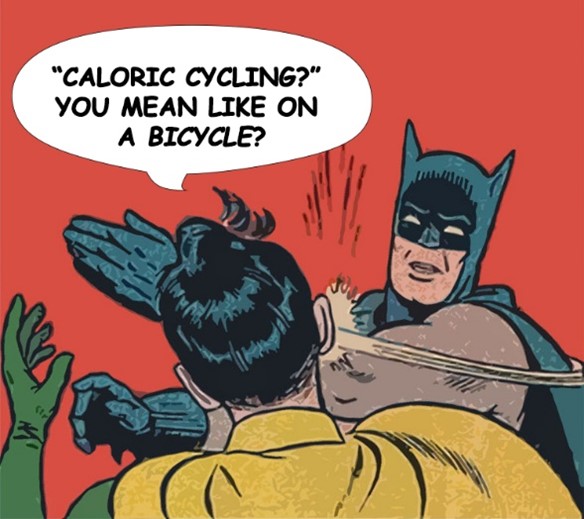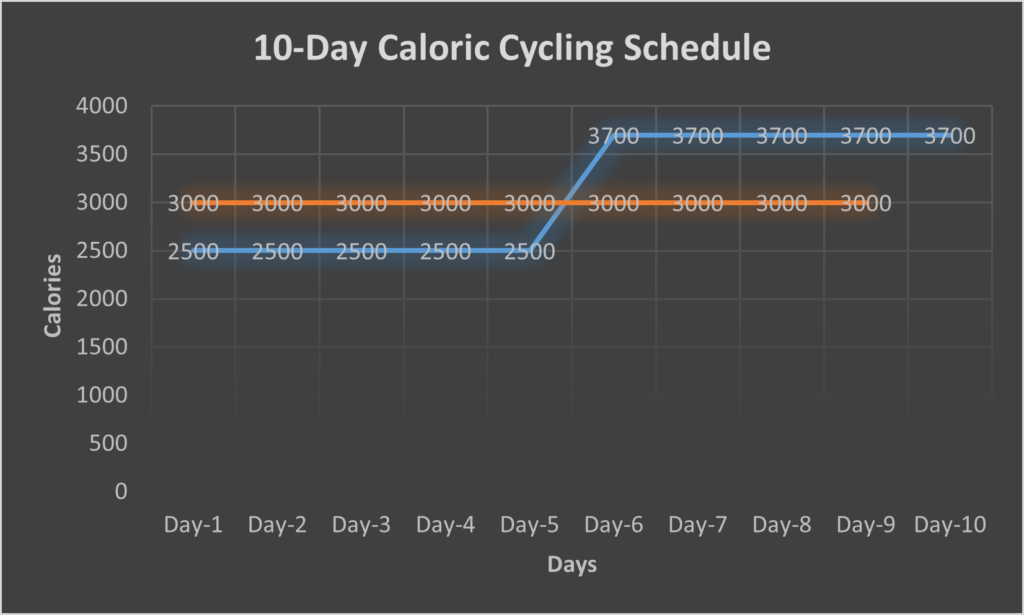Beating “Bodybuilder’s Dilemma” with Caloric Cycling
by Mark Ginther
Bodybuilder’s Dilemma refers to the contradictory goals of trying to gain lean body mass (i.e. muscle), while at the same time, reducing adipose tissue stores (i.e. fat). Basically trying to get bigger and smaller at the same time. To gain weight, whether it’s muscle or fat, one must consume more calories than they burn. As a consequence, anytime one gains muscle, one will tend to gain some fat along with it. Conversely, to lose weight, one must burn more calories than one takes in. And yes, this means that whenever one loses fat, one will typically lose some muscle along with it. It’s not uncommon for a bodybuilder to spend months “bulking”, followed by weeks or months of “cutting”, only to be exactly where they started.
This isn’t just a problem for bodybuilders, but also for athletes and fitness enthusiasts who seem stuck at a certain body weight or body fat percentage. Is there a workaround? yes, it’s called “caloric cycling”. When I mention this to people they often say,
“Cycling… You mean on a bicycle?”

No, caloric cycling is a dietary strategy where an individual alternates their caloric intake on different days or periods to promote weight loss, maintain (or even gain) muscle mass, and avoid metabolic slowdown. This method contrasts with a consistent calorie intake where there is no variation in number of calories consumed.
Principles of Caloric Cycling:
- High-Calorie Days: These days involve consuming more calories, often slightly above maintenance levels. The purpose is to provide the body with enough energy to support muscle maintenance and hormonal balance.
- Low-Calorie Days: These are days when the caloric intake is significantly reduced to promote fat loss. The reduction typically ranges from 20-30% below maintenance levels.
- Moderate-Calorie Days: Some plans include days with moderate calorie intake, neither high nor low, to balance the overall weekly intake.
- Common Patterns:
- 5:2 Method: This is the first method I became familiar with. To gain (or maintain) muscle without putting on fat, one would spend five days of the week on high-calorie days, and two non-consecutive days on low-calorie days (often as low as 500-600 calories per day).
- Alternating Days: This involves alternating between high and low-calorie days throughout the week.
- Weekly Cycle: This pattern might include several low-calorie days followed by a few high-calorie days to reset the metabolism and hormone levels.
Benefits of Caloric Cycling:
- Metabolic Boost: By varying calorie intake, the body is less likely to adapt to a low-calorie diet, which can help prevent the metabolic slowdown often associated with continuous calorie restriction.
- Muscle Preservation: High-calorie days can help ensure the body receives enough nutrients to maintain or increase muscle mass, especially when combined with strength training.
- Hormonal Balance: Alternating calorie intake can support the balance of hormones related to hunger (ghrelin) and fullness (leptin), which regulate hunger and satiety. Consistent low-calorie intake can lead to decreased leptin and increased ghrelin, making you feel hungrier and less satisfied. High-calorie days help to reset these hormones, maintaining better appetite control and metabolic health. Furthermore, prolonged calorie deficits can decrease testosterone levels, as well as elevate cortisol, the stress hormone, which can lead to muscle breakdown, fat storage, and a weakened immune system. High-calorie days or periods can provide the body with enough nutrients and energy to support testosterone production, as well as putting less chronic stress on the body, leading to lower cortisol levels.
- Sustainability: The variety in the diet can make it easier for some people to stick to their plan, reducing the likelihood of long-term diet fatigue.
In my younger days (when I was more serious about strength training), I tried a few of these methods and had the best results with a plan of five days of 10-20% below maintenance level calories, followed by five days of above of 10-20% maintenance level calories.
If, for example, your maintenance level (no changes in weight) is 3000 kcal/day, you would begin by consuming about 2500 kcal/day for 5 days (a reduction of 16% from maintenance). Following the five days of calorie restriction, you would then spend the next five days consuming about 3700 kcal/day (a surplus of 23%).

On the lower calorie days, I would find myself experiencing more hunger pangs towards the end of the 5-day period, but it wasn’t too difficult for me, as I would think:
Only 3 more days…
Only 2 more days…
Only one more day…
During the higher calorie days, it’s important to eat clean, but if I was going to have a cheat meal (or day), I would have it on the first day of the higher calorie phase.
By day 5 of the low-calorie phase, I would be looking somewhat flat, and by day 5 of the high-calorie phase, I’d be looking slightly puffy, but following each 10-day cycle, I would find myself slightly bigger and slightly leaner than the previous cycle. Over time, this made a significant (and positive) difference in my lean body mass and body fat percentage.
To determine your caloric intake, you will need a food scale, and a calorie-tracking app. There are many free apps and I’ve found “Cronometer” helpful.
Before giving caloric cycling a try, it’s advisable to consult with a healthcare provider or a nutritionist before starting, especially for individuals with underlying health conditions. Caloric cycling can be an effective strategy for those looking to lose weight, maintain muscle mass, and keep their metabolism active. It offers a flexible approach that can be adjusted to individual preferences and lifestyles.
